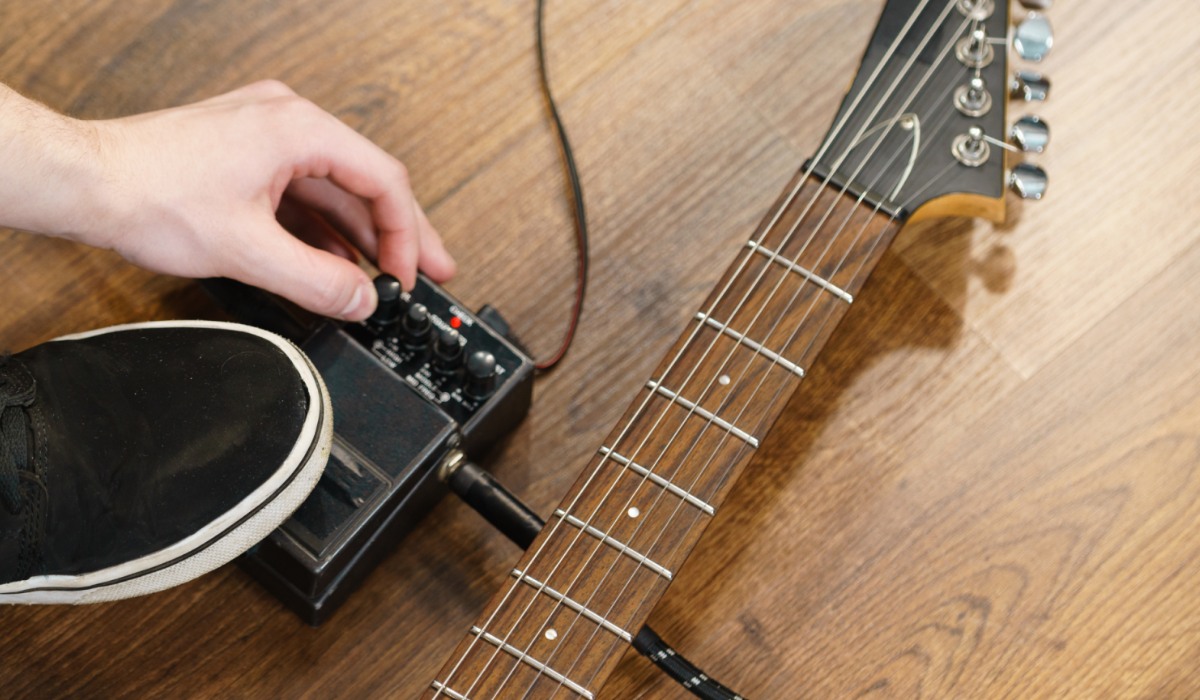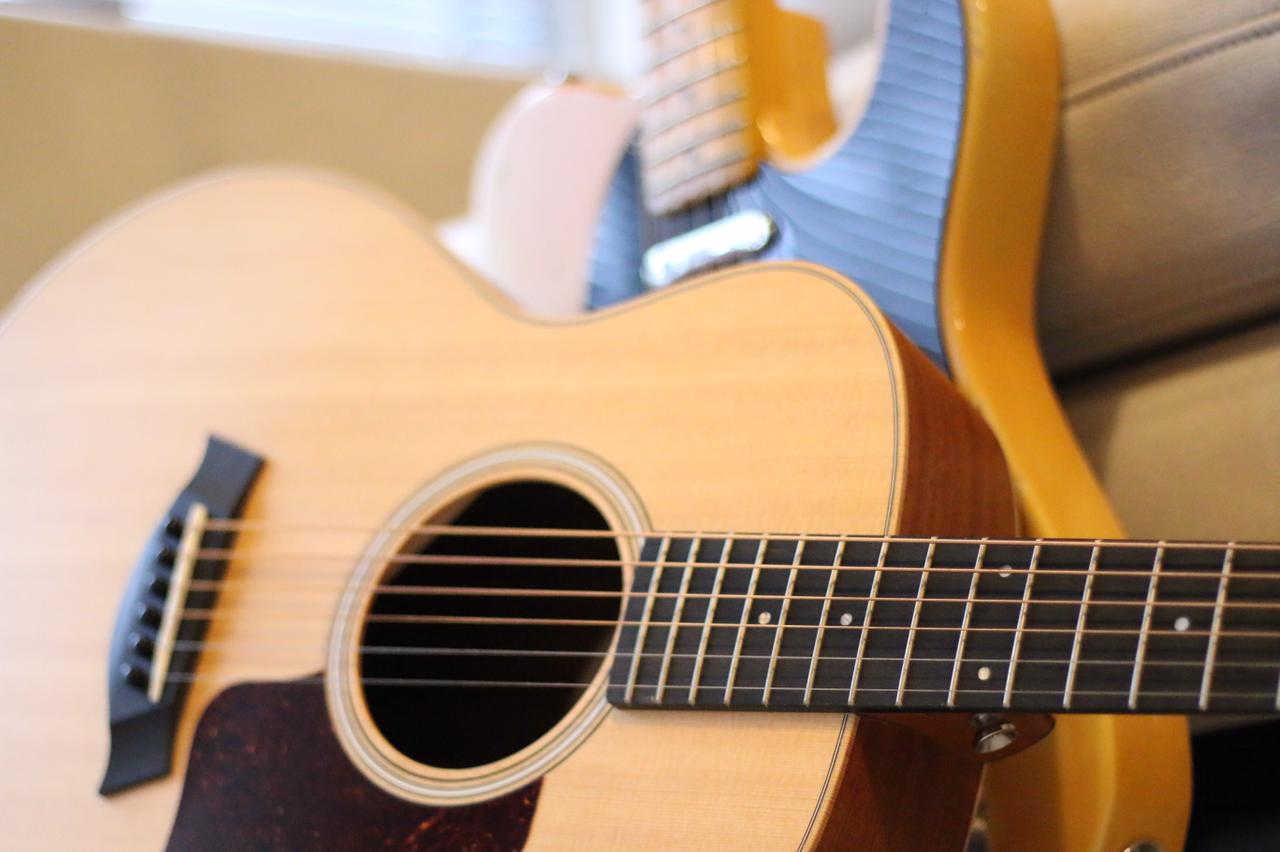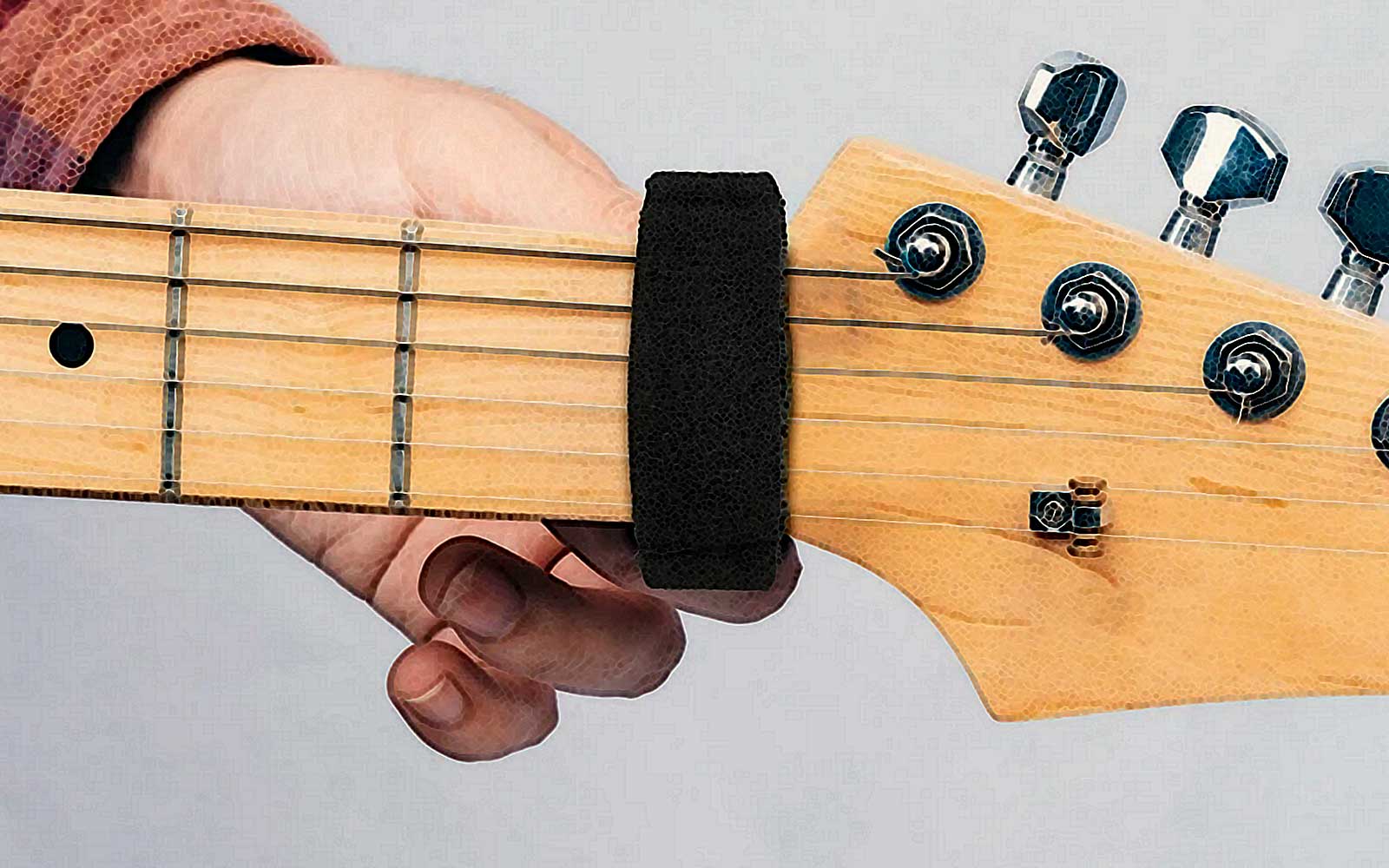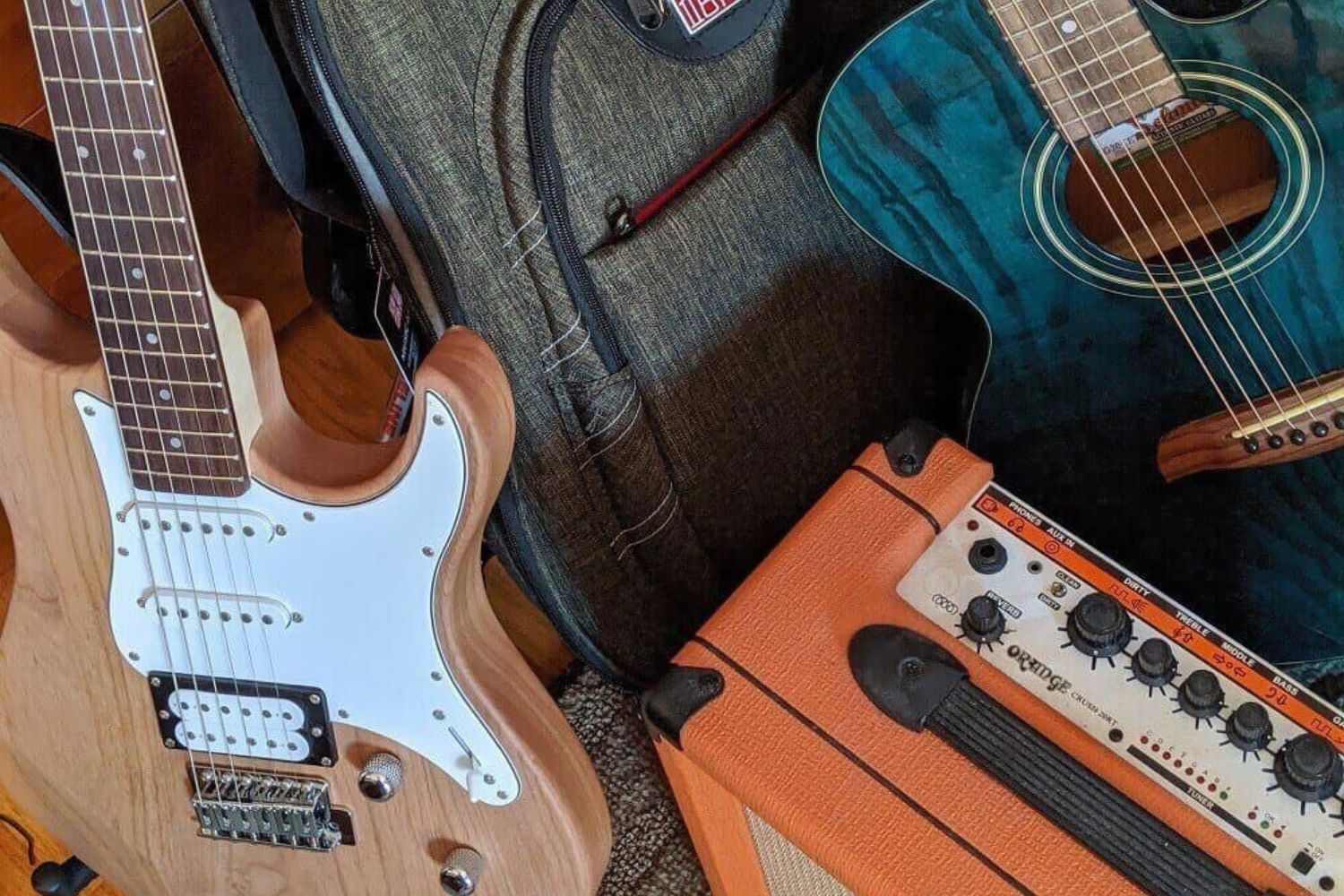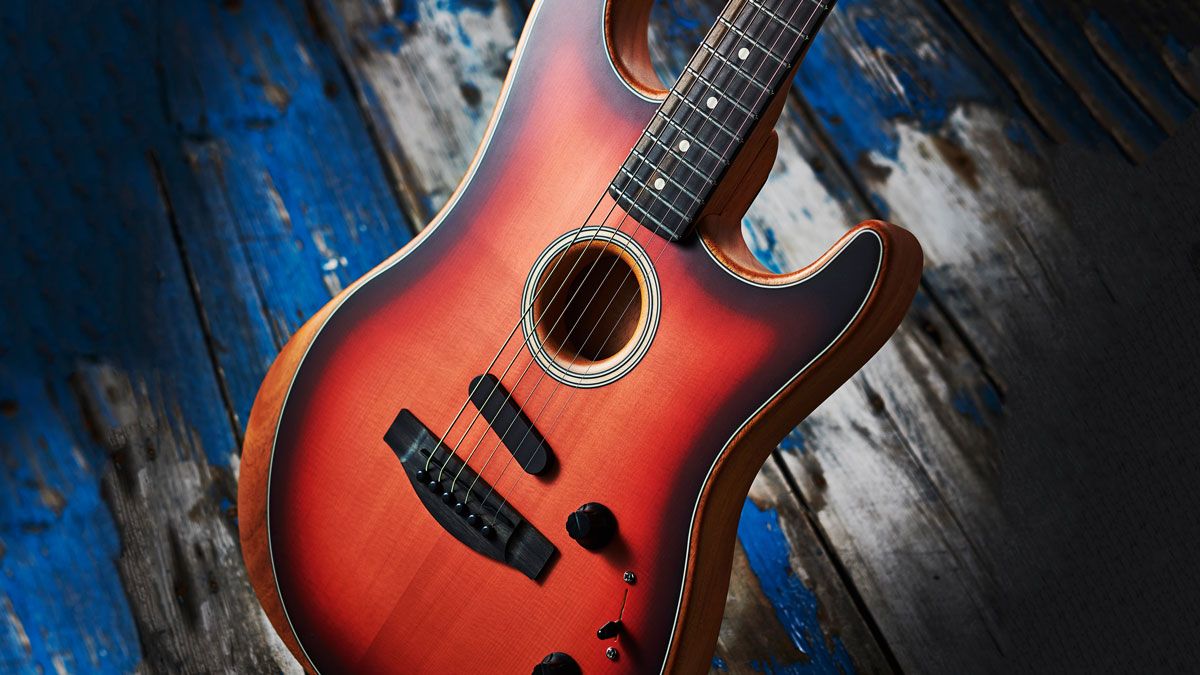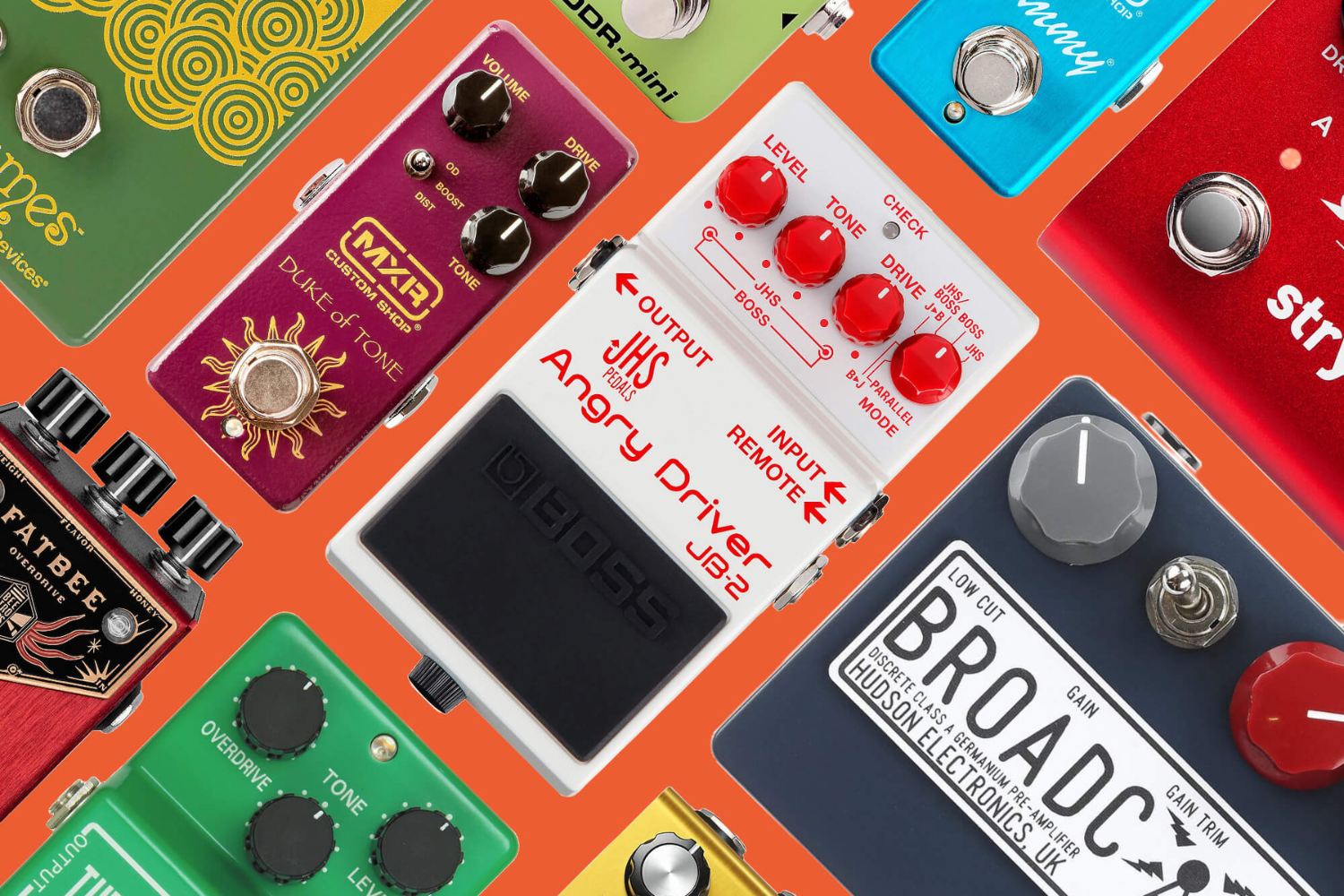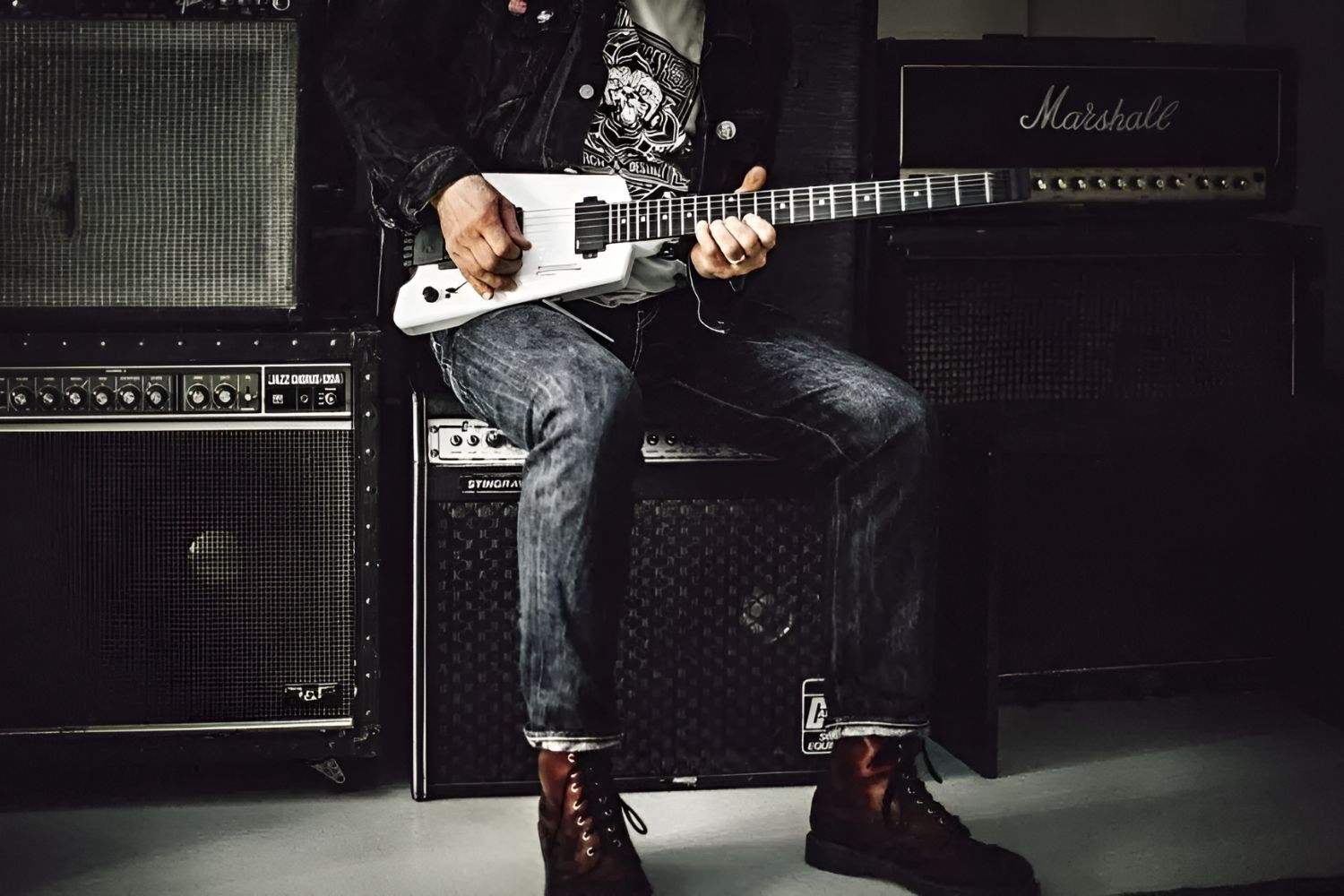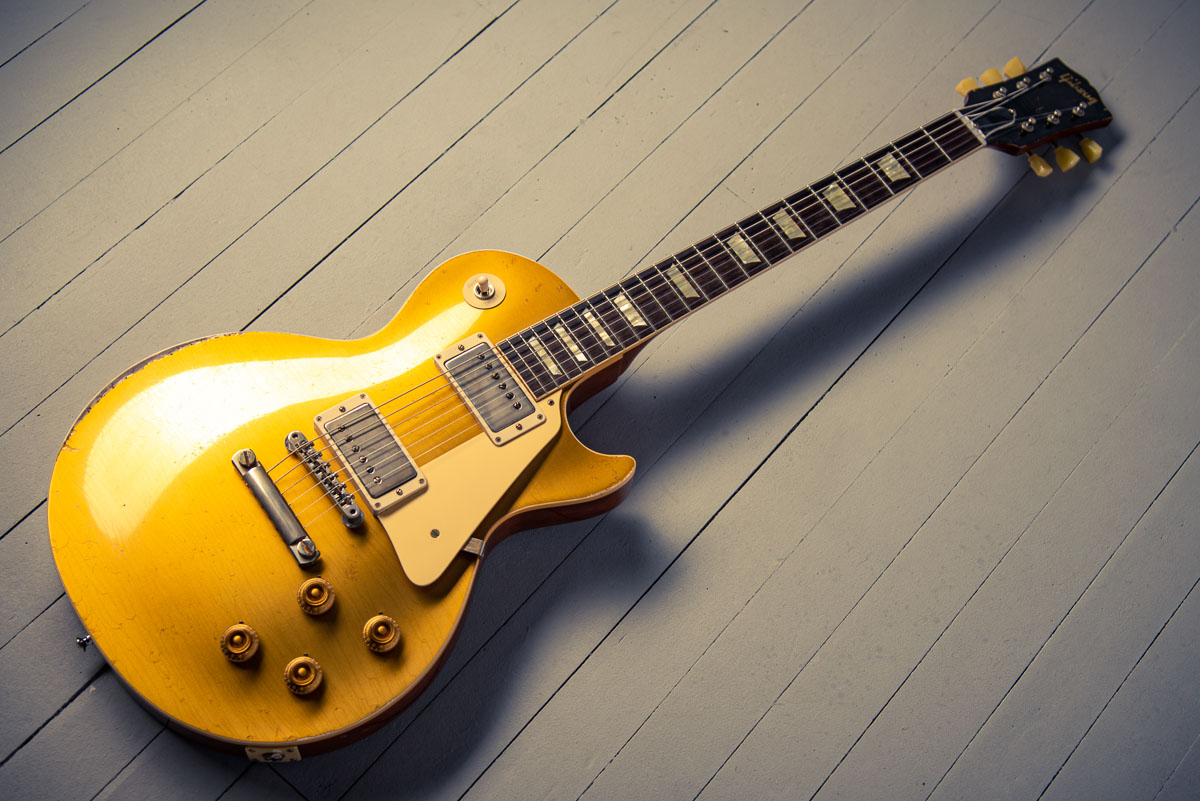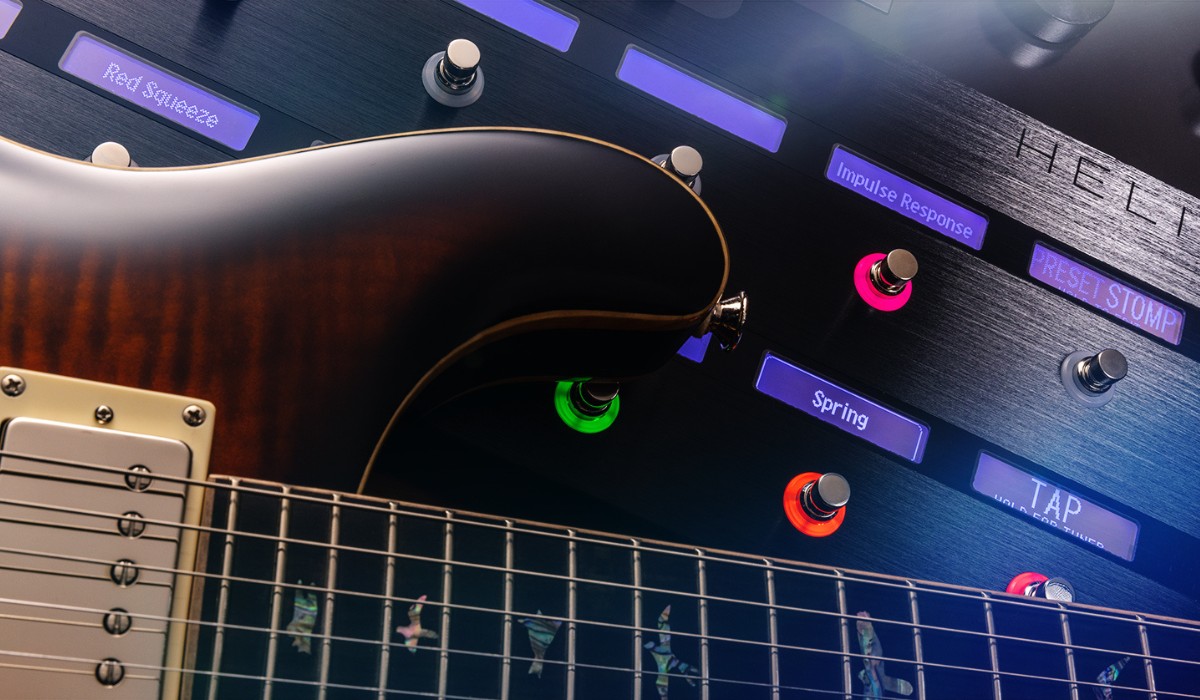Introduction
So, you've got a shiny new electric guitar and a collection of effects pedals to take your sound to the next level. But how do you go about installing these pedals on your guitar to create those signature tones you've been dreaming of? Fear not, as I'm here to guide you through the process step by step.
Installing effects pedals on your electric guitar involves more than just connecting a few cables. It's an art form that requires careful consideration of pedal placement, power supply setup, and cable management. By the end of this guide, you'll be well-equipped to set up your pedals like a pro and unleash a world of sonic possibilities.
Whether you're a seasoned guitarist looking to revamp your pedalboard or a beginner eager to dive into the world of guitar effects, this guide will provide you with the essential knowledge to get started. From choosing the right pedalboard to troubleshooting potential issues, each step is crucial in ensuring that your pedals work seamlessly with your electric guitar.
So, grab your guitar, dust off those pedals, and let's embark on this exciting journey to transform your guitar playing experience. Get ready to unleash your creativity and express yourself through a myriad of captivating sounds and effects. It's time to bring your music to life with the magic of effects pedals on your electric guitar.
Choosing the Right Pedalboard
Before diving into the installation process, it’s essential to select the right pedalboard that suits your needs and accommodates your collection of effects pedals. The pedalboard serves as the foundation for organizing and securing your pedals, providing a stable platform for seamless integration with your electric guitar setup.
When choosing a pedalboard, consider the following factors:
- Size and Portability: Assess the size of your pedal collection and the portability you require. If you have a large number of pedals or anticipate expanding your collection, opt for a larger pedalboard with ample space for future additions. Conversely, if you prioritize portability for gigs and rehearsals, a compact and lightweight pedalboard may be more suitable.
- Material and Durability: Evaluate the build quality of the pedalboard. Look for sturdy materials such as aluminum or rugged hard plastic that can withstand the rigors of live performances and frequent transportation.
- Cable Management: Consider the cable routing options provided by the pedalboard. Some pedalboards feature built-in cable routing channels or Velcro straps to keep your cables organized and prevent tangling, contributing to a neat and professional setup.
- Power Supply Compatibility: Ensure that the pedalboard accommodates your preferred power supply unit. Some pedalboards offer integrated power supply options or dedicated mounting areas for power bricks, streamlining the power distribution to your pedals.
Additionally, explore the market for pedalboard accessories such as carrying cases, pedal risers, and mounting brackets, which can enhance the functionality and convenience of your setup.
Ultimately, the ideal pedalboard should align with your specific requirements, providing a balance of versatility, durability, and organization for your effects pedals. Once you’ve selected the perfect pedalboard, you’re one step closer to creating a professional and personalized platform for your electric guitar effects.
Setting Up the Power Supply
Now that you have chosen the right pedalboard, it’s time to address the crucial aspect of powering your effects pedals. Proper power supply setup is essential for ensuring consistent performance and minimizing potential signal interference or noise. Here’s how to set up the power supply for your pedals:
Choose the Right Power Supply Unit: Select a power supply unit that meets the voltage and current requirements of your effects pedals. Consider whether you need isolated outputs to prevent electrical noise and ground loop issues, especially if you use multiple pedals with varying power demands.
Organize the Power Cables: Plan the routing of power cables on your pedalboard to minimize clutter and maintain a tidy setup. Utilize cable ties or Velcro straps to secure the power cables along the designated channels or mounting areas provided by the pedalboard.
Connect the Pedals: Using the appropriate power cables or daisy-chain connectors, connect each pedal to the power supply unit according to the manufacturer’s specifications. Pay attention to the polarity and voltage requirements of individual pedals to prevent damage and ensure proper functionality.
Test for Electrical Noise: Before finalizing the power connections, power up your pedals and listen for any unwanted electrical noise or hum. If you encounter noise issues, consider repositioning the power supply unit, using isolated outputs, or employing noise suppression devices to mitigate potential interference.
Utilize Power Conditioners or Surge Protectors: For added protection against power surges and voltage fluctuations, consider incorporating a power conditioner or surge protector into your setup. These devices can safeguard your pedals from electrical irregularities and contribute to a more reliable and stable power supply.
By following these steps, you can establish a robust and efficient power supply system for your effects pedals, ensuring that they receive the necessary power without compromising the integrity of your guitar’s signal. A well-organized and reliable power supply setup forms the backbone of a professional pedalboard configuration, setting the stage for seamless integration with your electric guitar setup.
Placing the Pedals on the Pedalboard
With the power supply in place, it’s time to carefully position your effects pedals on the pedalboard, optimizing their arrangement for accessibility and functionality. Here’s how to effectively place your pedals on the pedalboard:
Plan the Pedal Layout: Before affixing the pedals, plan the layout based on your preferred signal flow and the frequency of pedal adjustments during performances. Consider placing frequently accessed pedals within easy reach, ensuring seamless control and manipulation during live performances or recording sessions.
Secure the Pedals: Utilize hook-and-loop fasteners or pedalboard-specific mounting systems to secure each pedal in its designated position. Ensure that the pedals are firmly attached to the pedalboard to prevent movement or slippage during use, maintaining a stable and reliable setup.
Optimize Signal Flow: Arrange the pedals in a logical signal chain, typically starting with the input-related effects (e.g., tuner, wah-wah) and progressing through modulation, time-based, and ambient effects before reaching the output stage. This sequential arrangement facilitates a smooth and coherent signal flow, maximizing the sonic potential of your pedalboard.
Consider Pedal Orientation: Depending on the design and functionality of your pedals, assess whether a vertical or horizontal orientation best suits each pedal’s operation and control accessibility. Some pedals, such as expression pedals or larger multi-effects units, may benefit from a specific orientation to accommodate foot control or display visibility.
Allow Space for Cable Management: Leave adequate space between pedals to accommodate cable routing and connectivity. This not only contributes to a tidy and organized appearance but also facilitates hassle-free pedal adjustments and maintenance, streamlining the overall pedalboard management process.
By thoughtfully placing and securing your effects pedals on the pedalboard, you create a cohesive and ergonomic platform for unleashing a diverse range of tones and textures. This strategic arrangement sets the stage for seamless pedal operation, enabling you to effortlessly navigate through your effects arsenal and craft captivating sonic landscapes with your electric guitar.
Connecting the Pedals
With the pedals securely positioned on the pedalboard, the next crucial step is to establish the interconnections between the pedals, forming a cohesive signal chain that harnesses the full potential of your effects arsenal. Follow these guidelines to effectively connect your pedals:
Choose High-Quality Patch Cables: Select reliable and low-capacitance patch cables to maintain signal integrity and minimize tone loss within your pedalboard setup. Opt for cables of appropriate length to ensure a neat and efficient cable management system.
Plan the Signal Path: Determine the optimal signal path based on the sonic characteristics of your pedals and the desired tonal sculpting. Typically, the signal path progresses from the output of one pedal to the input of the next, following the predetermined pedal layout and signal flow logic established during the pedal placement phase.
Utilize Right-Angle Connectors: Incorporate right-angle connectors where necessary to facilitate tight pedalboard layouts and prevent cable strain. Right-angle connectors contribute to a streamlined and space-efficient cable routing system, especially in compact pedalboard configurations.
Implement Buffer or Boost Pedals: Integrate buffer pedals or signal boosters strategically within the signal chain to mitigate signal degradation and high-frequency loss caused by long cable runs or multiple pedals. These pedals can enhance signal clarity and sustain, particularly in setups with extensive cable lengths or true-bypass pedals.
Test for Signal Transparency: Once the pedals are interconnected, assess the overall signal transparency and tonal integrity. Listen for any unwanted noise, signal degradation, or tonal coloration that may indicate suboptimal cable connections or pedal interactions. Address any issues promptly to maintain pristine signal quality.
Consider Parallel Signal Routing: Explore the option of parallel signal routing to run certain effects pedals in parallel with the main signal chain, allowing for creative blending of unaffected and affected signals. This approach can yield unique tonal textures and expand the sonic versatility of your pedalboard.
By meticulously connecting your pedals in a well-organized and optimized signal chain, you pave the way for seamless signal transmission and uninhibited sonic exploration. The interconnected pedals form a unified network of sonic manipulation, empowering you to sculpt and shape your guitar’s sound with precision and artistry.
Testing and Troubleshooting
After completing the pedalboard setup and pedal interconnections, thorough testing and troubleshooting are essential to ensure the seamless functionality of your effects pedals and the overall integrity of your electric guitar setup. Here’s how to effectively test and troubleshoot your newly installed effects pedals:
Verify Signal Continuity: Begin by verifying the signal continuity across the entire pedalboard. Test each pedal individually to confirm that the signal passes through without any interruptions or irregularities. This step helps identify any faulty connections or malfunctioning pedals that require immediate attention.
Assess Tonal Transparency: Listen attentively to the tonal characteristics of your guitar signal as it passes through the pedalboard. Evaluate the transparency and fidelity of the affected signal, ensuring that the pedals do not introduce unwanted coloration, tonal degradation, or excessive noise that detracts from the intended sonic output.
Test Pedal Functionality: Activate and test the functionality of each pedal, assessing its responsiveness, control parameters, and overall sonic impact. Verify that footswitches, knobs, and expression pedals operate smoothly and accurately, allowing for precise manipulation of the pedal effects during performances or recording sessions.
Address Noise and Interference: Identify and mitigate any potential sources of electrical noise, ground loops, or interference within the pedalboard setup. Utilize noise suppression pedals, isolated power outputs, or strategic cable rearrangements to minimize unwanted hum, buzz, or hiss that may compromise the sonic purity of your guitar signal.
Inspect Cable Connections: Thoroughly inspect the integrity of all cable connections, ensuring that each patch cable, power cable, and instrument cable is securely plugged in and free from damage. Address any loose connections, cable fraying, or intermittent signal issues that may impede the reliable operation of your pedals.
Document Settings and Presets: If your pedals feature customizable settings, presets, or parameter adjustments, document these configurations for future reference. Recording the optimal pedal settings can streamline the setup process for subsequent performances and serve as a valuable reference point for achieving specific tonal textures.
By diligently testing and troubleshooting your pedalboard setup, you establish a robust and reliable foundation for unleashing the sonic potential of your effects pedals. This meticulous approach ensures that your electric guitar setup operates seamlessly, empowering you to explore a diverse range of captivating tones and effects with confidence and precision.
Conclusion
Congratulations! You’ve successfully navigated the intricate process of installing effects pedals on your electric guitar, culminating in a meticulously crafted pedalboard setup that serves as the canvas for your sonic artistry. By following the comprehensive steps outlined in this guide, you’ve gained the knowledge and expertise to transform your guitar playing experience and unleash a myriad of captivating sounds and effects.
From selecting the ideal pedalboard to strategically placing and connecting your effects pedals, each stage of the installation process has contributed to the creation of a professional and personalized platform for sculpting your guitar’s sonic landscape. The attention to detail in power supply setup, cable management, and pedal arrangement has laid the groundwork for a seamless and efficient pedalboard configuration.
As you embark on your musical journey with this newly installed pedalboard, remember to embrace experimentation and exploration. Your pedalboard is a dynamic tool for sonic innovation, offering boundless opportunities to craft unique tones, textures, and atmospheres that elevate your musical expression.
Continual refinement and adaptation of your pedalboard setup in response to your evolving musical vision and sonic aspirations are key to unlocking its full potential. Whether you’re crafting ambient soundscapes, unleashing searing overdrives, or sculpting ethereal modulations, your pedalboard stands as a versatile and expressive conduit for your artistic endeavors.
Embrace the process of discovery and refinement as you familiarize yourself with the intricacies of your pedalboard. Experiment with signal chain variations, pedal combinations, and expressive techniques to uncover new sonic dimensions and push the boundaries of your creativity.
Above all, let your pedalboard serve as a catalyst for inspiration, enabling you to channel your musical vision into captivating performances and compelling compositions. As you harness the power of effects pedals on your electric guitar, may your sonic explorations be filled with innovation, expression, and boundless artistic fulfillment.







